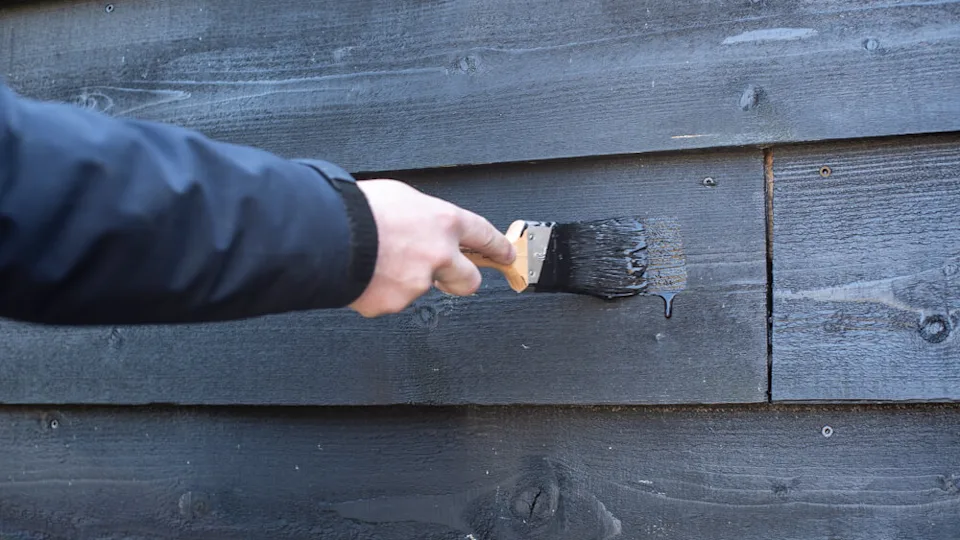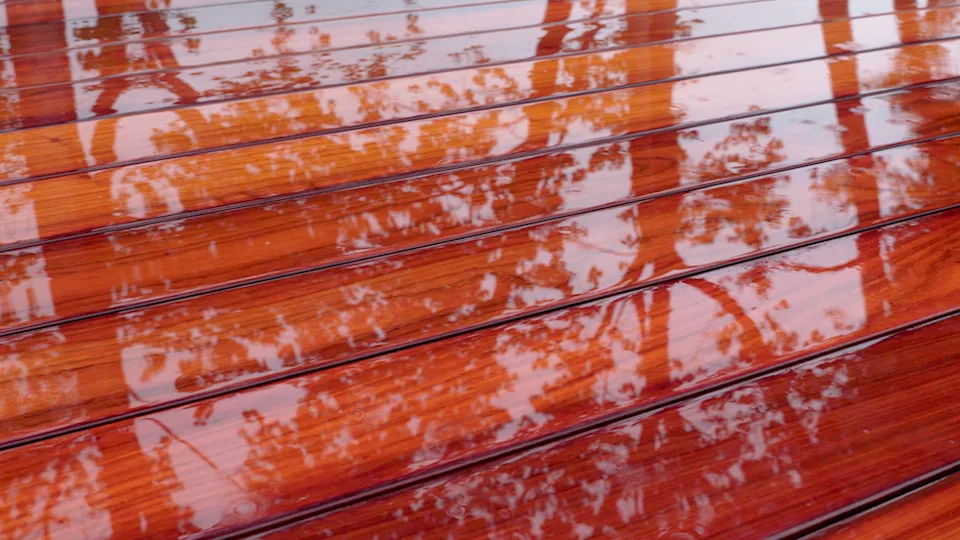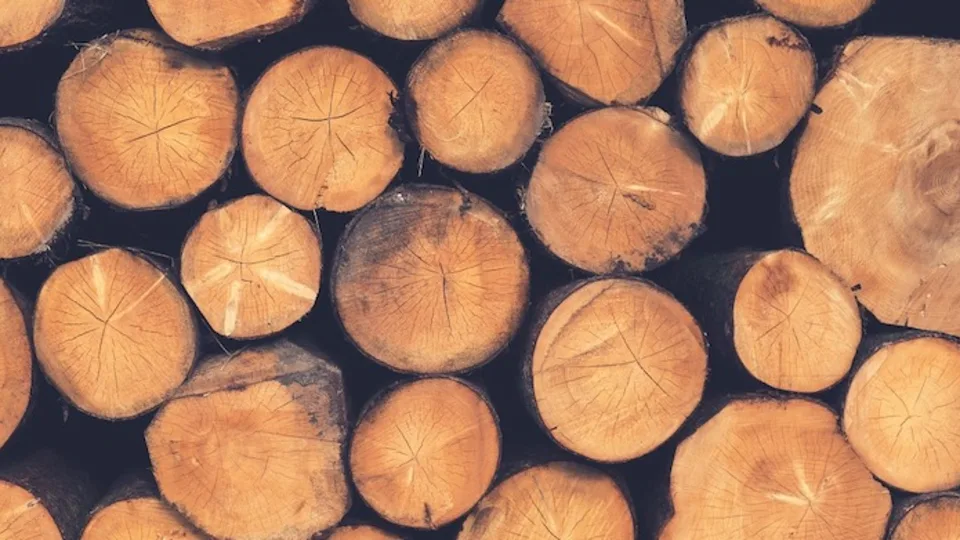Cracking and splitting timber
Timber is a natural, living material that responds to its surrounding environment. If you’ve ever noticed the timber used in your decking, log cabin, summerhouse or other timber garden building cracking or splitting after installation, it’s not unusual and usually not a problem.
At first glance, these issues can be alarming but they’re not necessarily a sign of poor-quality timber or structural weakness. Understanding why timber cracks and splits can help you make informed decisions when buying, installing and maintaining wooden structures.
In this blog, we’ll explore the causes of timber cracking and splitting, the natural characteristics of timber movement and prevention tips.
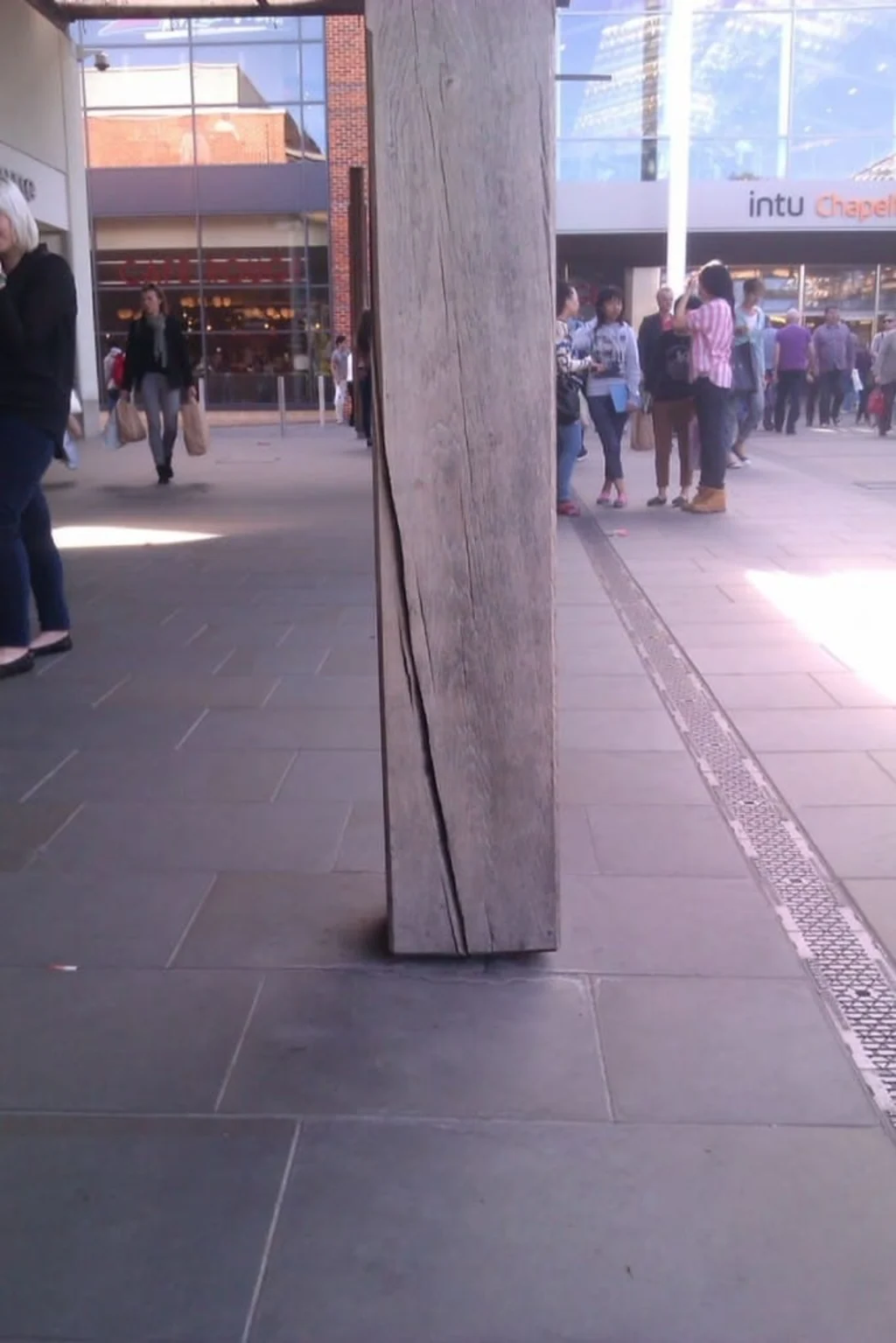
What causes timber to crack or split?
1. Moisture content and drying
When it’s freshly cut, timber contains moisture. This moisture content can be as high as 50%. As the timber dries, whether naturally or through kiln drying, it begins to shrink. This shrinkage occurs unevenly, particularly across the grain. Timber shrinks more along the growth rings (tangentially) than across the rings (radially) which creates internal stresses. When these stresses exceed the strength of the timber, cracks or splits form.
You can find out more about the moisture content of timber in our blog.
2. Environmental changes
Wood absorbs and releases moisture depending on its surrounding environment. In hot and dry conditions (or during the summer), timber can lose moisture rapidly, leading to visible cracks or surface checking. During periods of wet weather, timber can absorb moisture and swell. This constant expansion and contraction cause movement that may result in cracking over time.
3. Uneven drying
The outer layers of timber often dry quicker than the core. This creates tension between the drier surface and the wetter inner wood, which leads to checking and surface splits. Timber with a visible central core, such as in posts or beams, is especially prone to this.
Common types of timber cracking
The most common types of timber cracking include:
Surface checking: Small cracks occur along the grain of the wood, typically on the surface. This is often seen on the external walls of log cabins or the surface of decking boards.
Splits: Deeper cracks that run through the cross-section of the timber. These are common in thick corner posts or beams.
End grain cracks: Cracks that appear on the ends of posts or beams, due to rapid moisture loss. These are frequently seen in fence posts and gazebo uprights.
These are natural features and part of timber’s behaviour; they rarely affect the structural performance of the wood.
Examples of wood cracking
Here we’ve included examples of what cracked wood looks like so you know what to look out for:
This post shows a crack from top to bottom. This is a radial split and will close up once the whole of the post has reached an equilibrium, either by further drying or expansion as the moisture in the air increases, such as during autumnal weather.
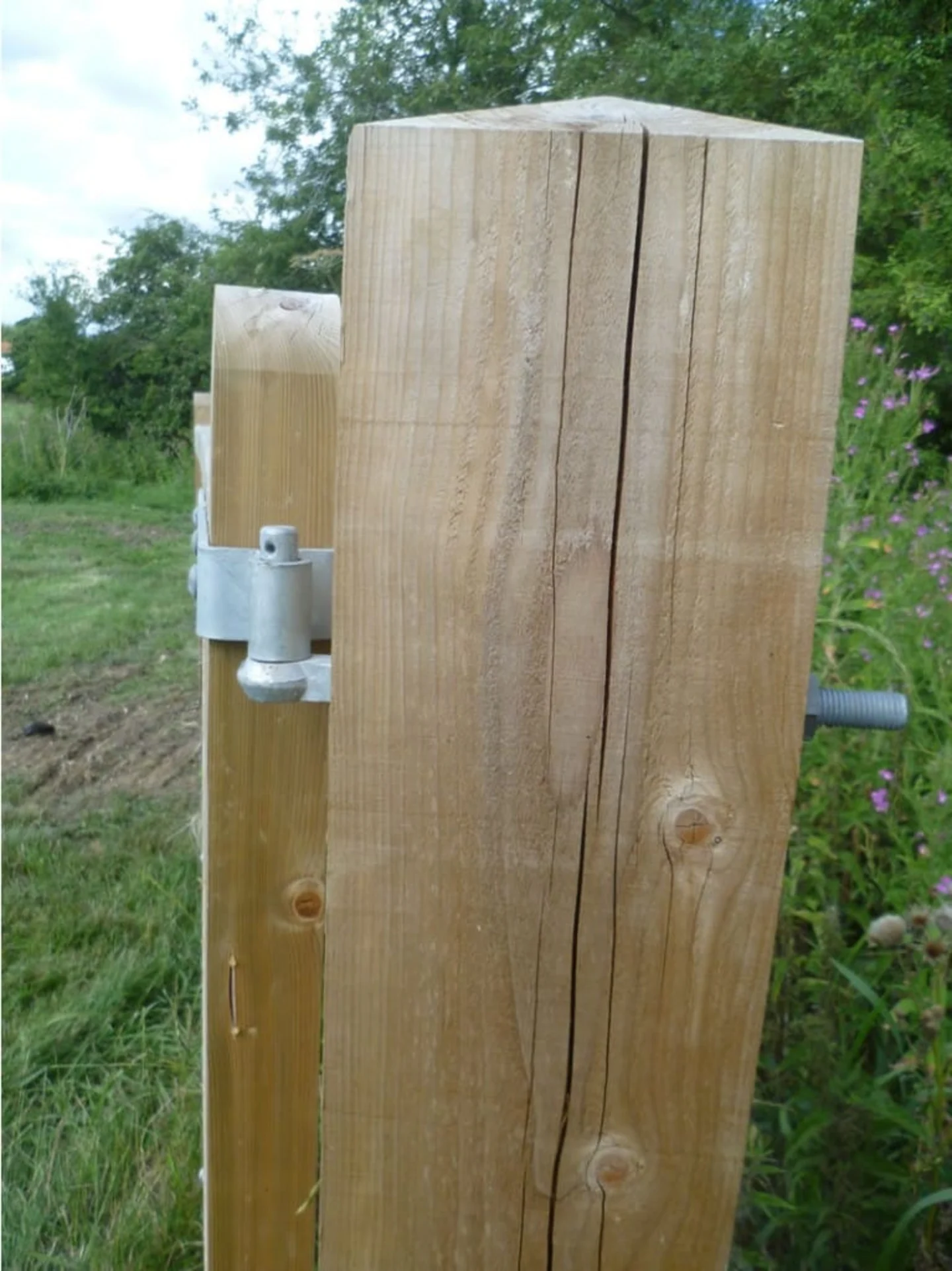
This is a crack that’s just starting to emerge. They can appear very quickly during a hot day and often after installation if exposed in the sun or stored in a hot environment, such as a garage.
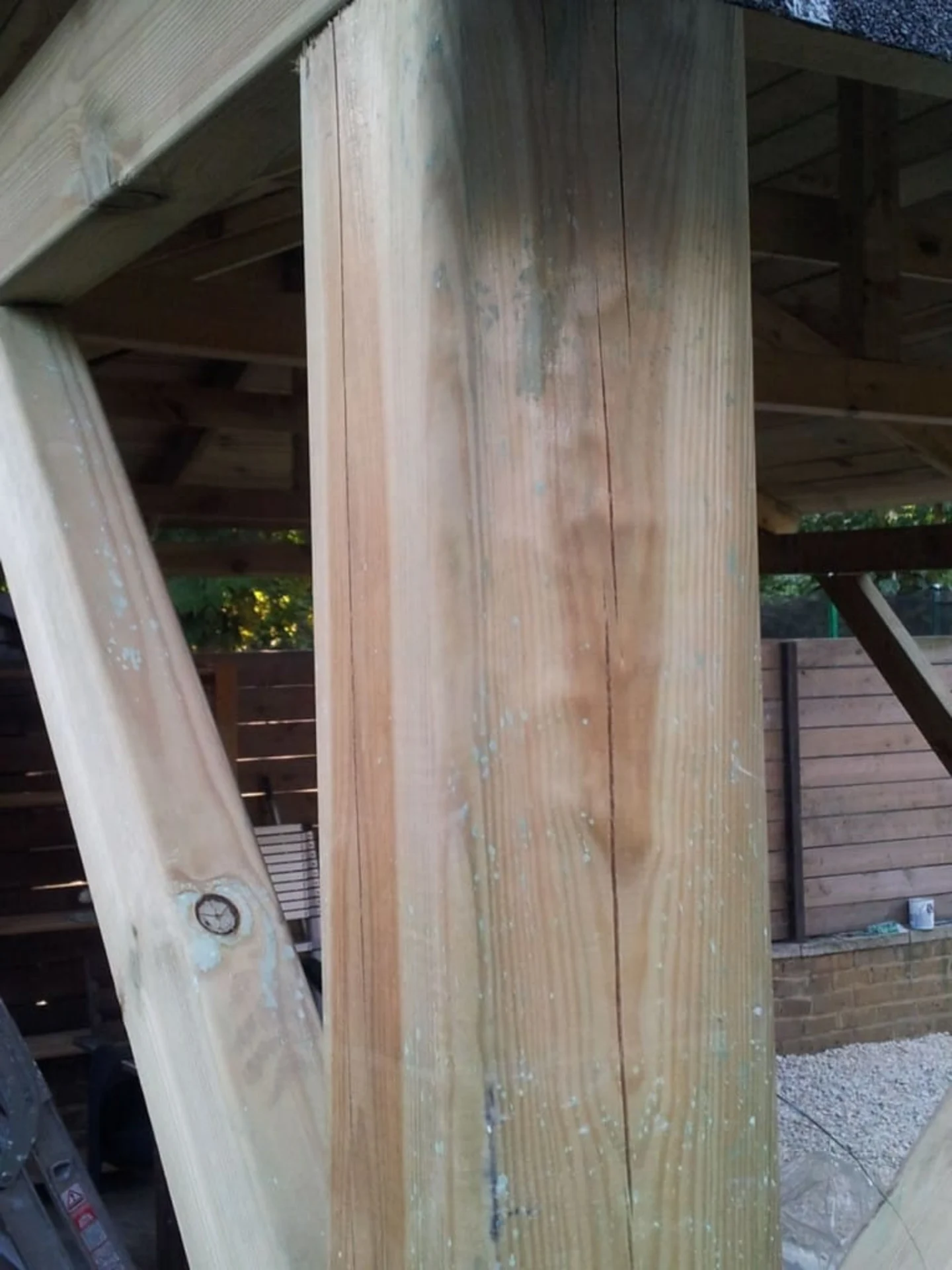
This can also happen in garden furniture when it’s left out in the sun or there is a change in humidity. You’ll notice small cracks starting to appear on this picnic table.
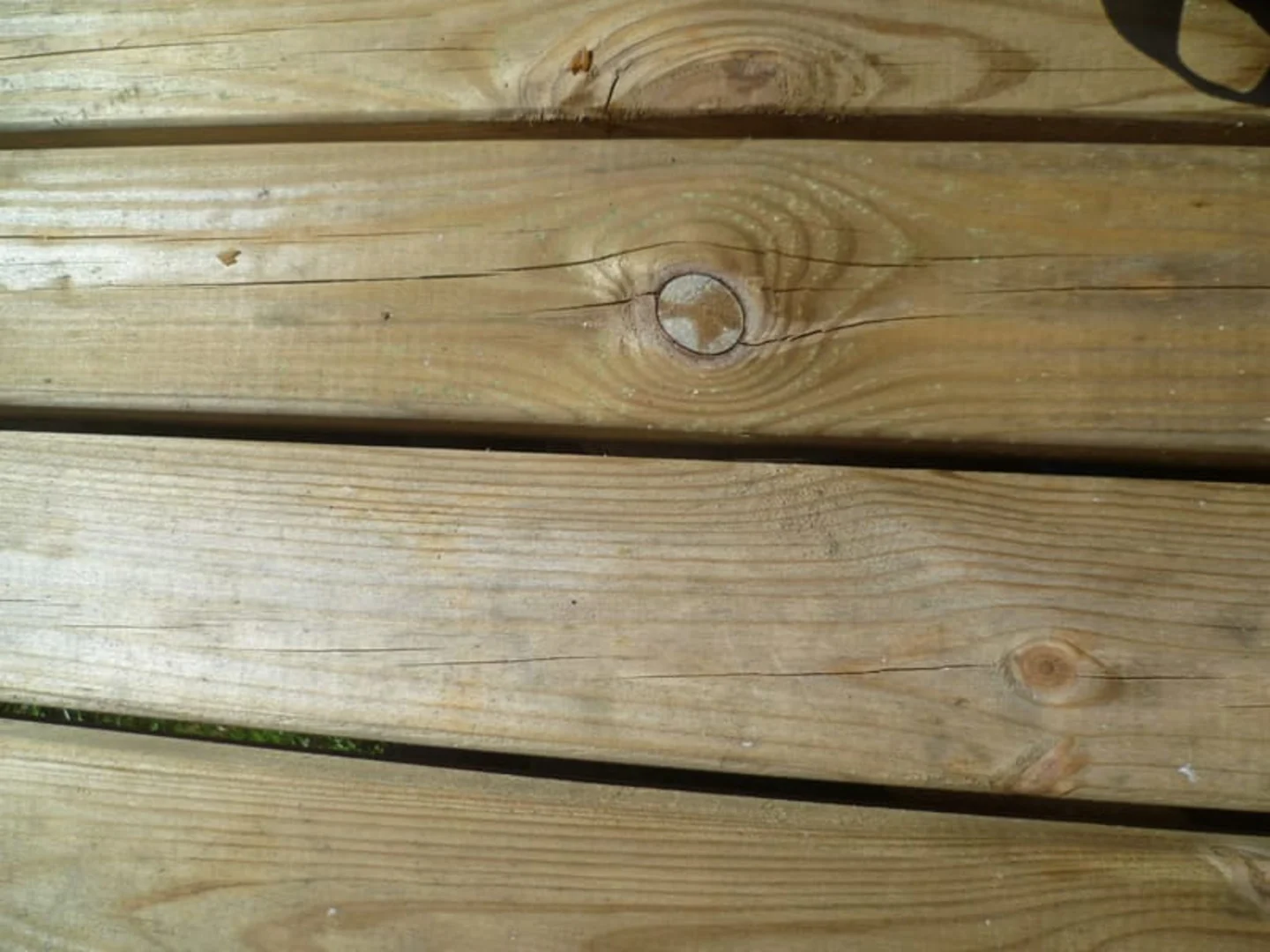
Is cracking in timber a defect?
No. Timber cracks and splits are natural characteristics that occur as wood adjusts to its surroundings. These movements are expected in outdoor timber structures such as log cabins, summerhouses, fencing panels, decking, pergolas and gazebos. Most timber used in these buildings is pressure treated or kiln dried to minimise, but not eliminate, this natural movement.
Cracking should not be mistaken for damage or poor quality. In fact, it is a sign that the wood is responding appropriately to changes in temperature and humidity. For example, visible checks in a summerhouse wall or decking board are not faults, they’re a normal part of timber behaviour.
How to prevent timber splitting
While timber movement can’t be completely stopped, there are ways to reduce cracking in log cabins, fencing or decking materials:
Choose kiln-dried or air-dried timber: these types of timber have more stable moisture content and are ideal for buildings, such as log cabins and summerhouses.
Allow the timber to acclimatise and let your timber structure sit in its new environment for a while before or after installation to reduce initial stress.
Seal the ends of the timber: Apply a quality end-grain sealer or wax to freshly cut timber ends to reduce rapid moisture loss and minimise the risk of cracking or splitting.
Use protective finishes: oils, stains and paints reduce moisture exchange and are highly recommended for all timber buildings. Read more about this in our blog: The best log cabin treatments.
Avoid exposing fresh wood to intense sun: store components in a shaded or covered area to allow gradual drying before assembling.
Treating cracked wood
Cracks and splits in wood used in log cabins, gazebos or fencing can often close up on their own once moisture levels stabilise, but this depends on the severity of the crack. Cracks caused by changes in humidity can close up as the wood continues to absorb moisture and expand.
If the appearance of the cracks becomes a concern:
Wait 6-12 months for the timber to fully settle
Fill surface cracks with flexible wood filler or exterior-grade caulk
Sand and refinish with an oil, stain or paint to restore visual consistency
However, larger cracks caused by significant movement may require repair.
Natural wood characteristics (signs that are nothing to worry about)
The following characteristics are completely normal and do not affect timber quality or performance. So, if you see these appear in your timber building, they’re not usually anything to worry about.
Rough spots and edges: caused by knots and processing direction, especially visible on cladding boards or sawn fencing.
Resin marks: common in freshly treated wood, especially pine. These can be cleaned with white spirit or gently scraped.
Pith: a darker core sometimes visible in wall logs or structural posts. This is not wood rot.
Pinholes: small insect holes in hardwood decking or cladding are cosmetic only.
Green spots or salt marks: harmless salt crystals on pressure-treated fencing or shed cladding.
Fungal staining or mildew: these are temporary and typically caused by moisture in freshly treated timber. This tends to be common in shed floors or log cabin bases.
Knots and flames: these are naturally occurring patterns that give timber its unique look.
Timber cracking and splitting are part of the charm and nature of real wood. These natural movements show that the timber is alive, adapting and durable. By understanding the causes and how to manage them, you can enjoy your log cabin, summerhouse, fencing or decking for years to come.
Need help choosing a high-quality timber garden building?
Whether you’re looking for a robust log cabin, a stylish summerhouse, durable fencing or decking built to last, at Tuin we offer high-quality timber garden buildings and expert guidance every step of the way. The quality of the wood used to manufacture your garden building will play a huge factor in its longevity and appearance over the long-term.
Take a look at our full range of timber garden products and start building your dream garden today. Or contact our expert customer service team for product advice and guidance.




